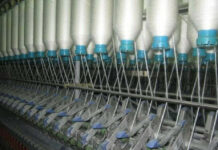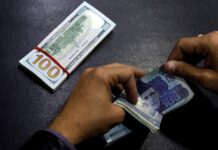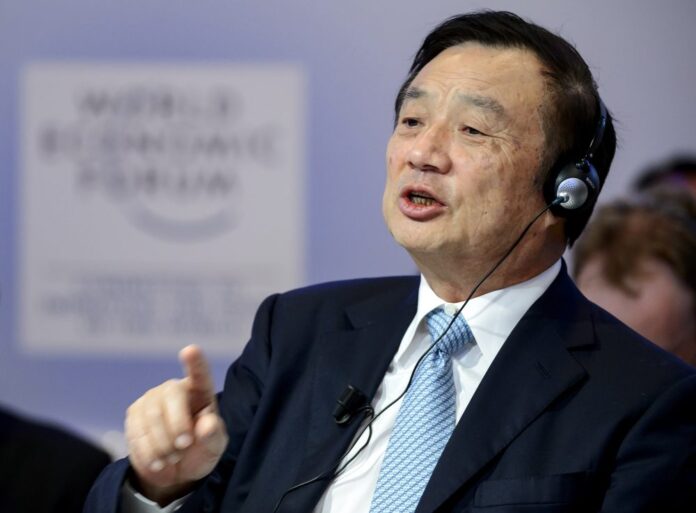Huawei CEO Ren Zhengfei said the company’s chips remain one generation behind those of U.S. rivals, but it is improving performance through techniques such as cluster computing.
His comments were published Tuesday in the People’s Daily, the official newspaper of China’s Communist Party.
Ren said Huawei invests 180 billion yuan, or about $25 billion, in research each year and sees potential in compound chips made from multiple elements. He added that the firm uses mathematics to make up for limitations in physics and applies cluster computing to supplement single-chip processing. He said software is not a bottleneck.
Ren said Huawei’s single chips are still behind, but by combining them through cluster computing and using non-Moore’s law methods, the company can achieve practical performance. Cluster computing refers to multiple computers working together to process data, while Moore’s law describes the doubling of chip power over time.
The interview appeared on the front page of the paper as U.S. and Chinese officials met for trade talks in London, where technology restrictions were a major topic. Since 2019, the U.S. has imposed a series of export controls aimed at limiting China’s access to advanced chip technology.
Ren said there is no need to worry about chip issues, and that the U.S. has overstated Huawei’s progress. He said Huawei is only one of many Chinese chipmakers and still has a long way to go to meet U.S. standards.
Huawei’s Ascend series of artificial intelligence chips are used in China and compete with Nvidia’s products. The U.S. government recently said that using Ascend chips would violate export controls. Nvidia is no longer allowed to sell its most advanced chips in China.
In April, Huawei introduced a system called AI CloudMatrix 384 that links 384 Ascend 910C chips. The system is used for training AI models and has shown results that rival or surpass Nvidia’s GB200 NVL72 system in certain areas.
Ren said that about one-third of Huawei’s annual research spending goes to theoretical research, with the rest used for product development. He said theory is necessary for future breakthroughs and for China to close the gap with the United States.
























